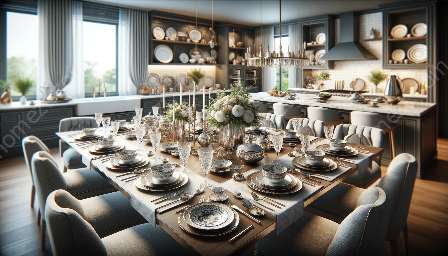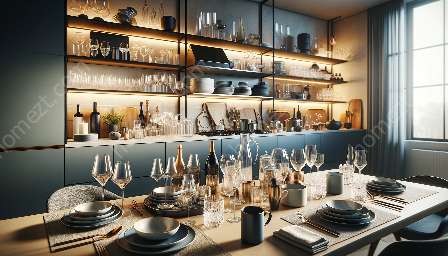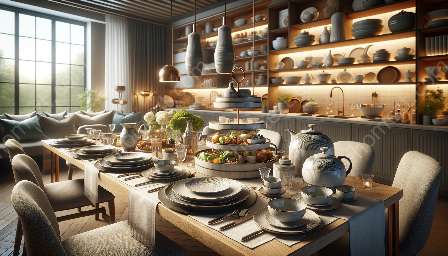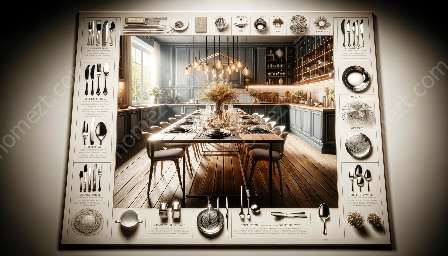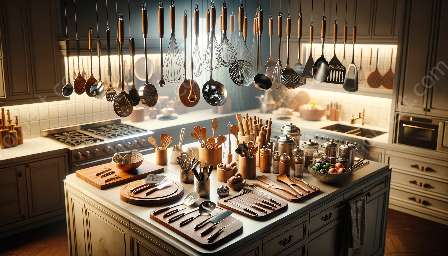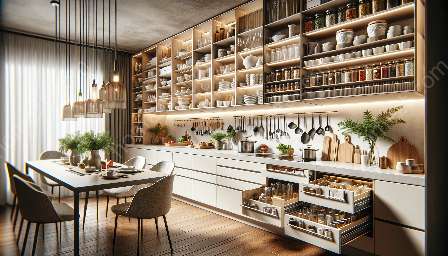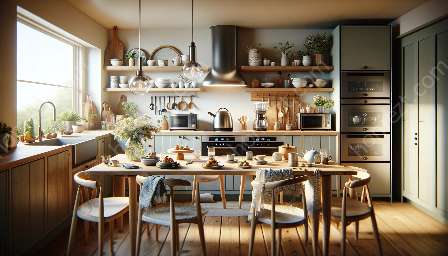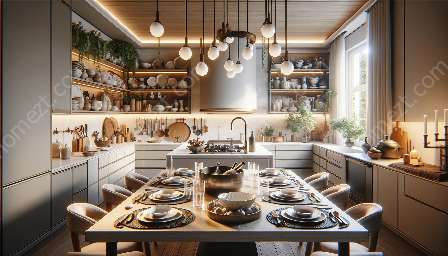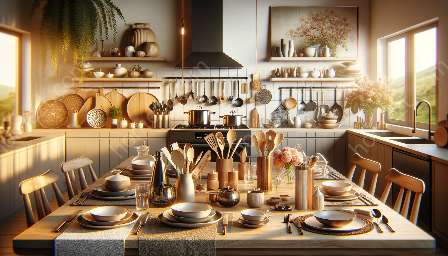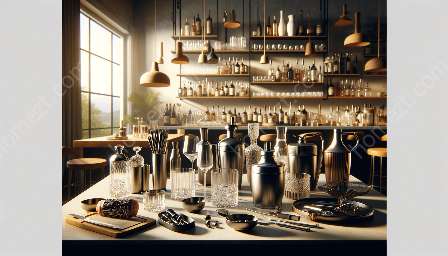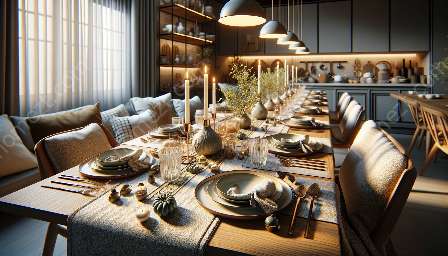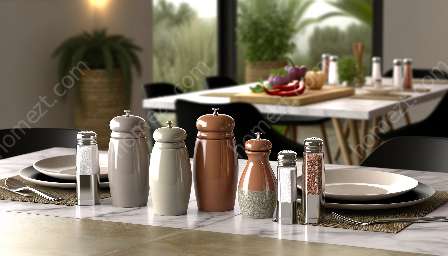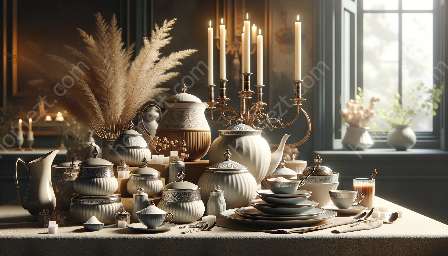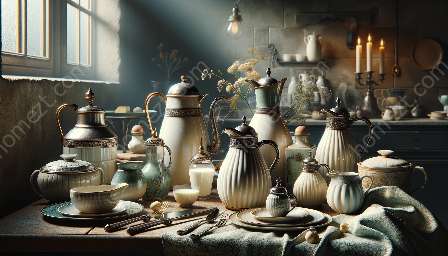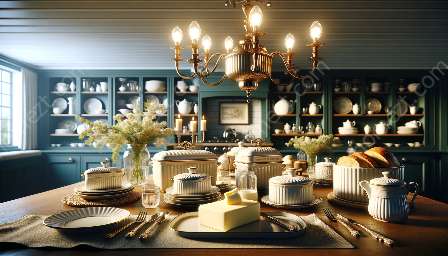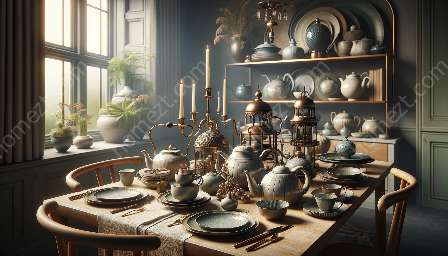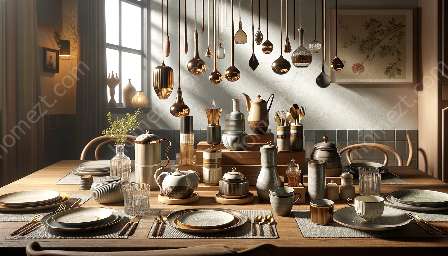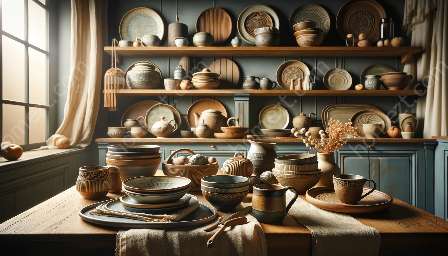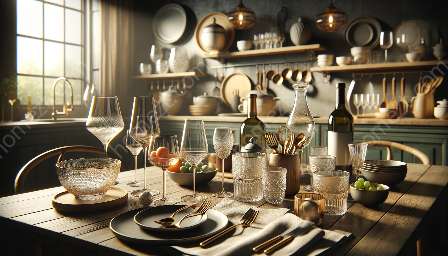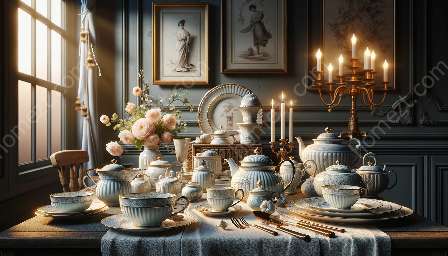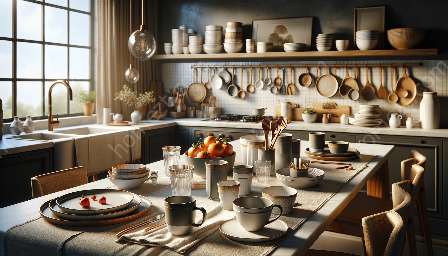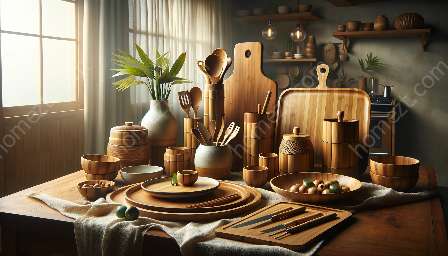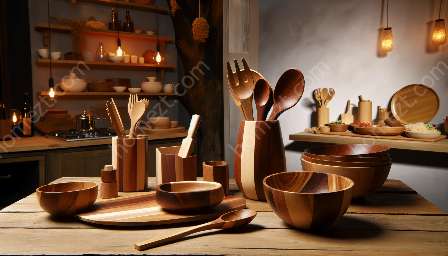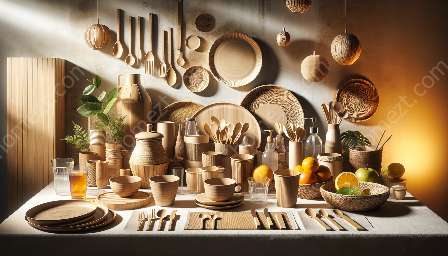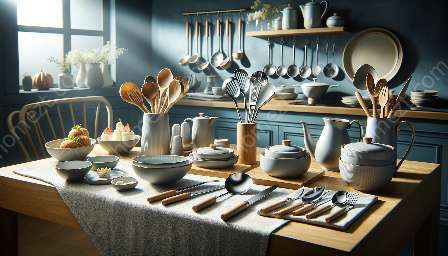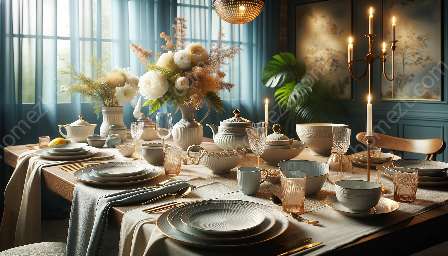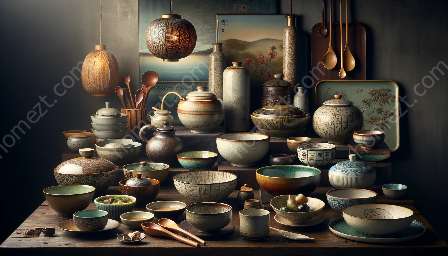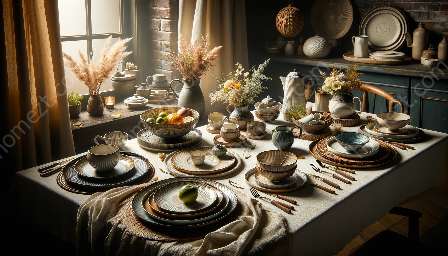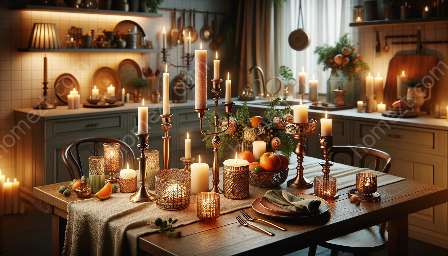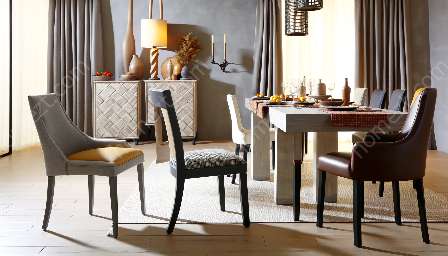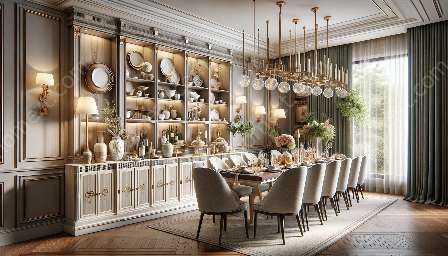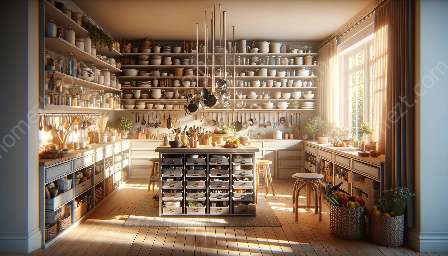Wooden tableware has been a staple in kitchens and dining rooms for centuries, appreciated for its natural beauty, versatility, and eco-friendly appeal. It includes an array of items such as cutting boards, salad bowls, utensils, and more, all crafted from different types of wood. In this comprehensive guide, we will delve into the world of wooden tableware, exploring its history, types, care, and how it complements the kitchen & dining experience.
The History of Wooden Tableware
Wooden tableware has a rich history that dates back to ancient times. In early civilizations, wood was readily available and easily crafted into practical items for preparing and serving food. As societies advanced, so did the artistry and functionality of wooden tableware, with different cultures developing their own unique styles and techniques.
Types of Wooden Tableware
Wooden tableware encompasses a wide variety of items that add warmth and natural elegance to the dining table. Some popular types include:
- Cutting boards: Often made from durable hardwoods like maple or walnut, cutting boards provide a sturdy and hygienic surface for food preparation.
- Serving trays: Wooden serving trays are stylish and functional, ideal for presenting appetizers, cheeses, or drinks to guests.
- Salad bowls: Crafted from different types of wood, salad bowls offer a rustic and charming way to serve fresh salads at the table.
- Utensils: Wooden utensils such as spoons, spatulas, and forks are prized for their gentle touch on cookware and their natural feel in hand.
Caring for Wooden Tableware
Proper care and maintenance are essential for preserving the beauty and integrity of wooden tableware. Here are some tips to ensure longevity:
- Regular oiling: Wooden tableware should be periodically oiled with food-safe mineral oil to prevent drying and cracking.
- Handwashing: To avoid warping or damage, it's best to gently handwash wooden tableware with mild soap and warm water.
- Avoiding extreme conditions: Wooden tableware should be kept away from excessive heat, moisture, and prolonged exposure to sunlight.
Buying Tips for Wooden Tableware
When selecting wooden tableware for your kitchen and dining space, consider the following factors:
- Wood type: Different woods offer varying levels of durability, grain patterns, and color, so choose one that suits your preferences and needs.
- Quality craftsmanship: Look for well-crafted pieces with smooth finishes, sturdy construction, and attention to detail.
- Functionality: Ensure that the wooden tableware you choose aligns with your cooking and serving needs.
Wooden Tableware and the Kitchen & Dining Experience
Wooden tableware adds a touch of warmth and nature to the kitchen and dining experience. It creates a cozy and inviting atmosphere, enhances the presentation of food, and brings a sense of tradition and craftsmanship to the table.
From family meals to elegant gatherings, wooden tableware is a versatile and timeless choice that complements a wide range of culinary styles and dining occasions.

